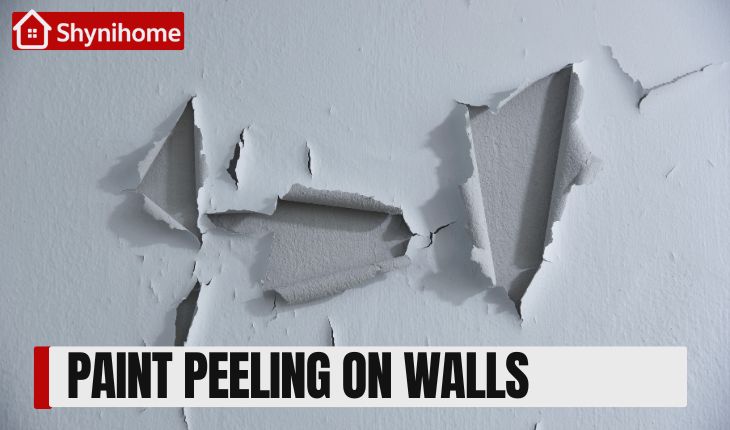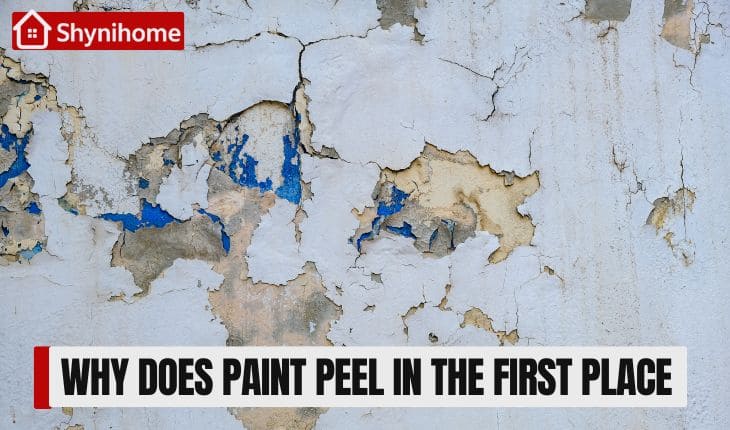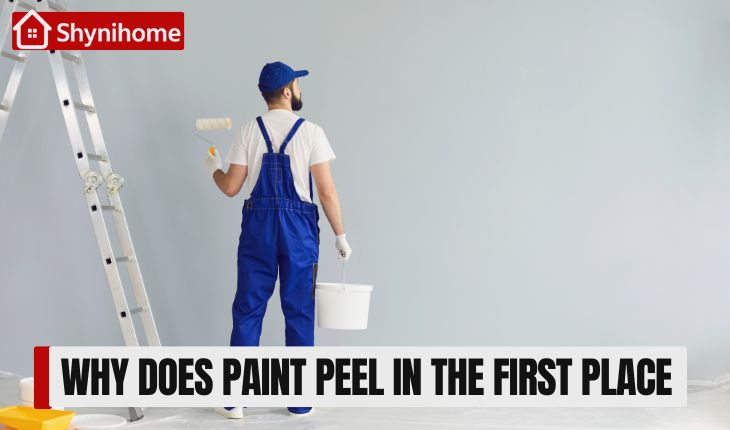
Paint peeling or paint flaking can instantly make any room look old, neglected, and unattractive. Whether it’s due to moisture, poor surface prep, or old paint layers, you can fix peeling walls yourself with just a few tools and some effort.
In this guide, we’ll show you how to repair peeling paint properly so it doesn’t come back — and your walls look smooth and fresh again!
Table of Contents
Toggle🎯 Why Does Paint Peel in the First Place?

Understanding the cause helps you prevent it from happening again:
- Moisture (from leaks, humidity, or poor ventilation)
- Dirty or oily walls before painting
- Skipping primer
- Incompatible or low-quality paint
- Painting over damp surfaces
🛠️ Tools & Materials You’ll Need
- Putty knife or paint scraper
- Sandpaper (medium and fine grit)
- Wall putty or spackle
- Primer (preferably stain-blocking or moisture-resistant)
- High-quality interior paint
- Paintbrush or roller
- Drop cloths and painter’s tape
- Mild detergent and sponge
👉 Also Read: How to Repair Wall Cracks: A Step-by-Step DIY Guide
✅ Step-by-Step: How to Fix Peeling Paint on Walls

Step 1: Protect the Area
- Lay down drop cloths to protect your floor and furniture.
- Use painter’s tape around trims and edges.
Step 2: Scrape Off the Peeling Paint
- Use a putty knife or scraper to remove all loose, flaking paint.
- Scrape until you reach a solid and smooth edge.
Step 3: Sand the Surface
- Sand the peeled area to smooth out rough edges.
- Use finer grit sandpaper to blend it into the surrounding wall.
Step 4: Clean the Wall
- Use a mild detergent and sponge to clean the area.
- Let it dry completely before proceeding.
Step 5: Patch Any Damage
- Fill any cracks or holes with wall putty or spackle.
- Let it dry, then sand smooth.
Step 6: Prime the Area
- Apply a coat of primer to seal the patched area.
- This step is crucial to prevent future peeling.
Step 7: Repaint
- Use a high-quality, moisture-resistant paint.
- Apply at least two coats, letting the first one dry thoroughly before applying the second.
💡 Pro Tips for Preventing Future Peeling
- Use primer on every repaint.
- Never paint over damp or dirty surfaces.
- Choose paint designed for bathrooms or humid areas where needed.
- Repair leaks and improve ventilation in moisture-prone rooms.
🏠 Where You’ll Commonly See Peeling Paint
- Bathroom ceilings
- Kitchens
- Basement walls
- Near windows (due to condensation)
- Exterior walls exposed to sun/rain
👉 Also Read:Guide to DIY & Home Repair: Fix Your Home Like a Pro
📌 Conclusion
Peeling paint may seem like a big problem, but it’s actually an easy fix when you know what to do. With proper preparation, the right tools, and a few hours of work, your wall can look as good as new — and stay that way!
